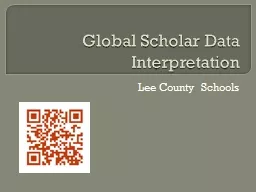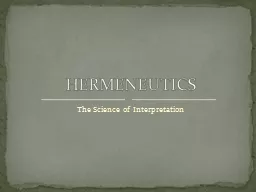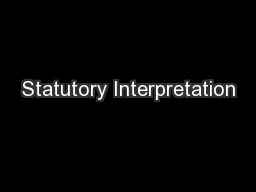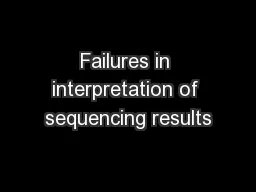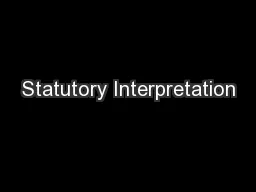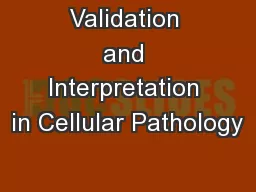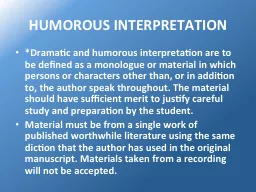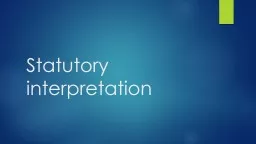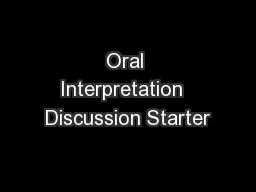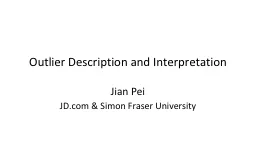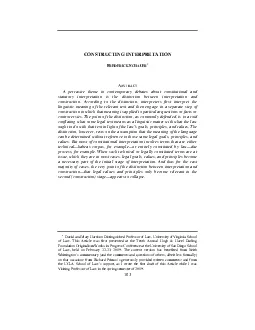PPT-Global Scholar Data Interpretation
Author : kittie-lecroy | Published Date : 2018-10-25
Lee County Schools OUTCOMES Understand components of the gains analysis report Review and manipulate assessment gains data for your own schools Utilize strategies
Presentation Embed Code
Download Presentation
Download Presentation The PPT/PDF document "Global Scholar Data Interpretation" is the property of its rightful owner. Permission is granted to download and print the materials on this website for personal, non-commercial use only, and to display it on your personal computer provided you do not modify the materials and that you retain all copyright notices contained in the materials. By downloading content from our website, you accept the terms of this agreement.
Global Scholar Data Interpretation: Transcript
Download Rules Of Document
"Global Scholar Data Interpretation"The content belongs to its owner. You may download and print it for personal use, without modification, and keep all copyright notices. By downloading, you agree to these terms.
Related Documents

